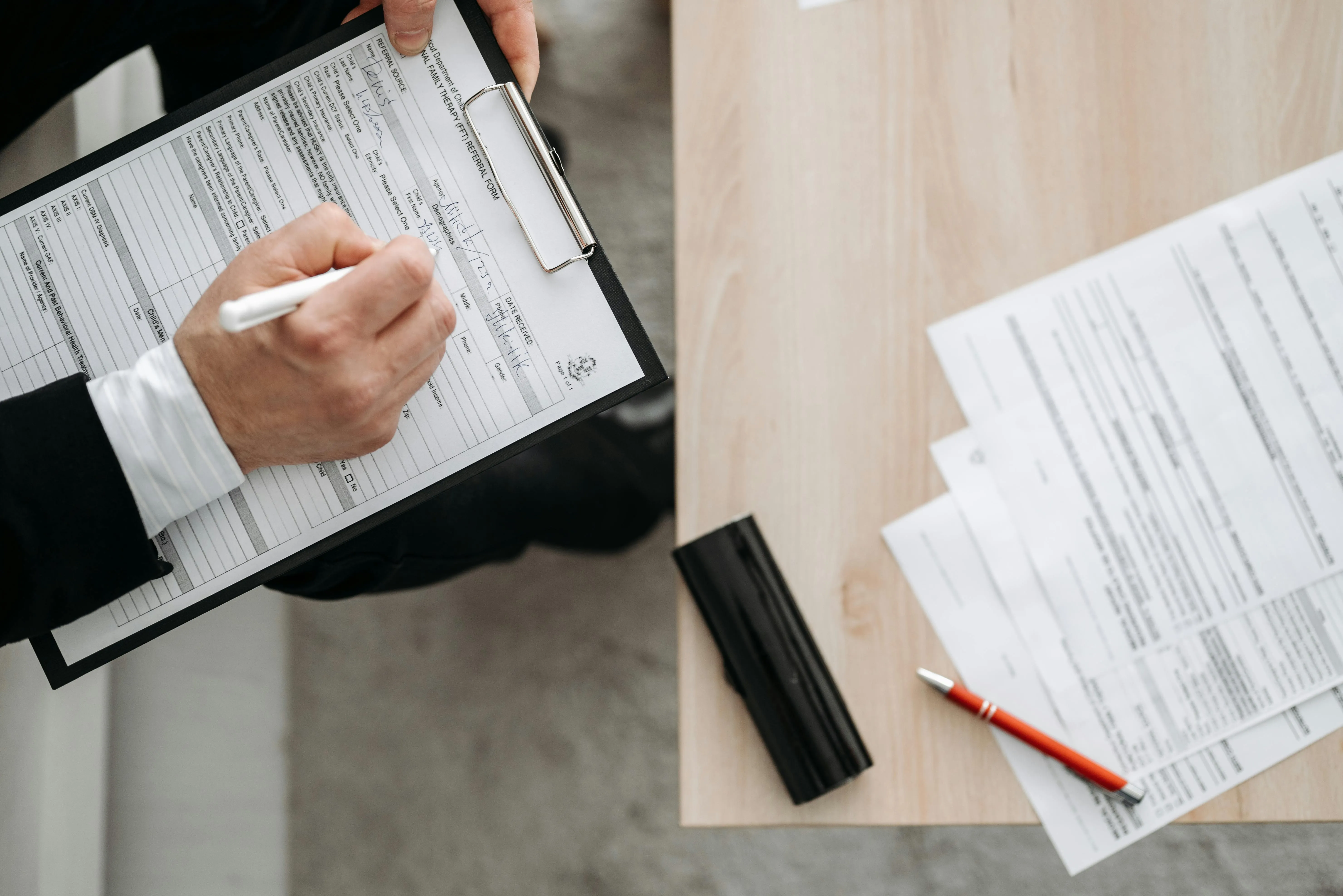Instructions for Filling Out Form 1120
A confirmation email has been sent to your email.

Instructions to Fill Out Form 1120
This article offers a concise overview of Form 1120, the U.S. Corporation Income Tax Return, and its comprehensive instructions for the year 2023. The document covers various aspects such as future developments, what's new, introductory material, general instructions, specific instructions for different sections, schedules, and additional material like principal business activity codes.
In this article, we'll provide information on Form 1120 and a step-by-step guide on how to fill it out, keeping it straight to the point.
.webp)
What is Form 1120?
Form 1120 is a U.S. Corporation Income Tax Return used by domestic corporations to report their income, gains, losses, deductions, credits, and to calculate their federal income tax liability. The purpose of this form is to determine a corporation's tax liability under the Internal Revenue Code.
All domestic corporations, including those in bankruptcy and certain foreign-owned domestic disregarded entities, must file Form 1120, unless exempt under section 501. The form consists of various components such as income, deductions, tax and payments, schedules, and additional information related to accounting methods, periods, and other tax-related topics for corporations.
Who Must File Form 1120?
Domestic corporations, including those in bankruptcy, must file Form 1120, unless they are exempt under section 501 or required to file a special return. Entities electing to be taxed as corporations, limited liability companies (LLC) that have elected to be treated as corporations, corporations engaged in farming, and foreign-owned domestic disregarded entities also need to file Form 1120.
Form 1120 Tax Filing Deadlines and Due Dates
- Generally, a corporation must file its income tax return by the 15th day of the 4th month after the end of its tax year.
- A corporation with a fiscal tax year ending June 30 must file by the 15th day of the 3rd month after the end of its tax year.
- A new corporation filing a short-period return must generally file by the 15th day of the 4th month after the short period ends.
- A corporation that has dissolved must generally file by the 15th day of the 4th month after the date it dissolved.
Form 1120 Late Payment Penalty
If a corporation fails to pay its taxes on time, it may be subject to a late payment penalty. The penalty is generally calculated based on the amount of tax owed and the length of time it is overdue. To determine the specific penalty for late payment, taxpayers should consult the "Interest and Penalties" section in the Form 1120 instructions.
Step-by-Step Instructions for Form 1120
Step by step instructions for filling out Form 1120:
- Identify the Corporation's Principal Business Activity: Use the provided Principal Business Activity Codes to determine the main activity from which the corporation derives the largest percentage of its total receipts.
- Complete Basic Information: Fill in the corporation's name, address, Employer Identification Number (EIN), and the tax year information at the beginning of Form 1120.
- Income: Report the corporation's income, including gross receipts or sales, returns and allowances, cost of goods sold, and other income types as specified in the form.
- Deductions: Itemize deductions such as salaries and wages, repairs and maintenance, rents, taxes, and interest. Special rules may apply for certain deductions like travel, meals, and entertainment expenses.
- Tax and Credits: Calculate the corporation's taxable income and tax liability. Include any applicable tax credits, such as foreign tax credits or general business credits.
- Other Taxes: If applicable, include other taxes such as the alternative minimum tax, recapture taxes, and taxes on specific transactions or situations.
- Payments and Refundable Credits: Enter estimated tax payments made during the year, tax withheld, and any refundable credits.
- Sign and Date the Form: The form must be signed and dated by an authorized officer of the corporation.
- Attach Required Schedules and Statements: Depending on the corporation's activities and tax situations, additional schedules and statements may need to be completed and attached.
- File the Form: Determine the appropriate filing method (e.g., electronic filing) and submit the form to the IRS by the specified deadline.
How to Submit Form 1120
To submit Form 1120, follow the detailed guidance provided in the instructions for each part of the form, complete the necessary schedules, and attach them to the form. Use the correct principal business activity codes to classify your enterprise accurately. Finally, file Form 1120 by the due date, including extensions if applicable, to avoid penalties.
Need help with other finance or startup questions?
Pilot delivers expert bookkeeping, CFO, and tax services to a wide range of startups and expanding companies. We've expertly handled over 10 million transactions for our clients, offering unmatched proficiency in driving business success. As the top startup-focused accounting firm in the U.S., we're here to assist you. Contact our sales team or visit our demo to discover what Pilot can offer!
A confirmation email has been sent to your email.





